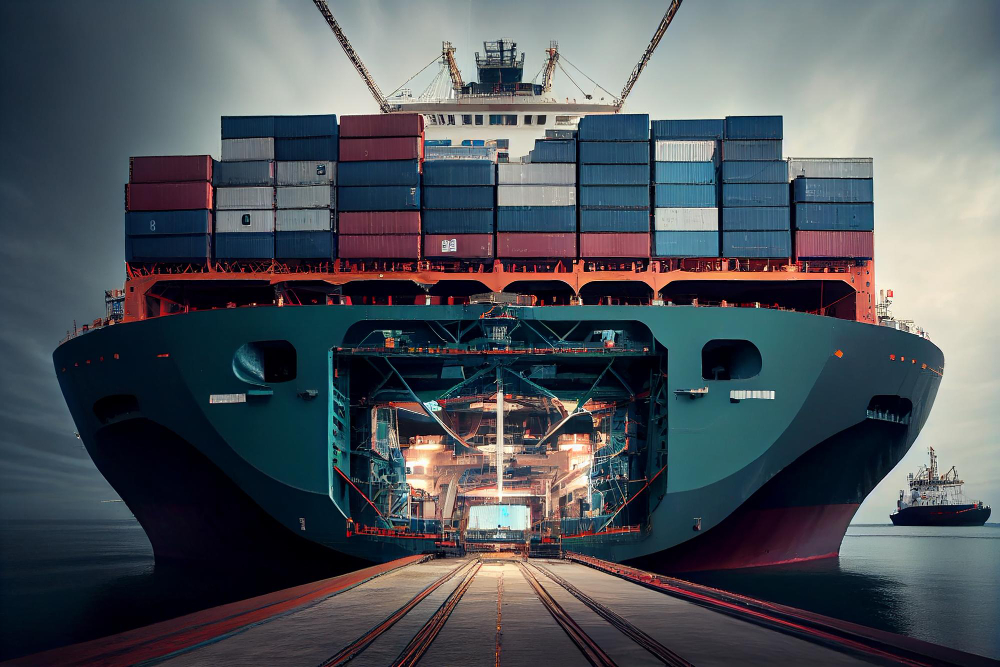April 1, 2024
Global trade is poised to rebound in 2024, reversing the downward trend observed last year
- Overall, the value of global trade fell by 3% in 2023. For trade in goods, it dropped by 5% but grew by 8% for trade in services.
- During 2023, the trade of developing countries and South-South trade performed worse than global averages.
- Trade in environmental products grew in 2023, with electric cars sparking trade growth in motor vehicles.
- The outlook for 2024 is positive, but geopolitical issues and shipping disruptions increase uncertainties.
2023: A challenging year for trade
Global trade dipped 3% to $31 trillion in 2023 after peaking in 2022. The downturn was driven by less demand in developed economies and weaker trade in East Asia and Latin America.
The downturn was driven by a 5% fall in trade in goods. Meanwhile, trade in services bucked the negative trend, growing by 8%. The sector was fuelled by a nearly 40% surge in tourism and travel-related services.
Developing countries felt the brunt
Developing countries experienced a sharper decline in trade, with their imports and exports falling by 5% and 7%, respectively, compared to a 4% drop in imports and 3% in exports for developed nations.
Most regions saw negative trade growth in 2023. The exception was a significant increase in intra-regional trade in Africa.
Electric cars drove trade in environmental goods
Despite the overall decline, 2023 saw a 2% rise in trade for environmental products, driven primarily by soaring electric car sales.
Trade in electric vehicles grew by 60%, highlighting shifting market demands and preferences.
End 2023: Signs of stabilization
The final quarter of 2023 brought signs of stabilization, particularly in developing regions, suggesting the beginning of a recovery phase.
Most sectors saw a rebound, although trade in apparel (clothing and clothing accessories) continued to contract, falling by 13%.
Looking ahead to 2024: Positive forecast but challenges remain
The forecast for 2024 is broadly positive, with GDP growth expected to continue at around 3%. The demand for environmental goods, especially electric cars, is set to play a crucial role in driving trade growth.
However, the logistical challenges such as shipping disruptions in the Red Sea, Black Sea and Panama Canal cast shadows over the optimistic outlook, threatening to raise costs and disrupt supply chains.
Ongoing geopolitical tensions and regional conflicts could also renew volatility in energy and agricultural markets. Additionally, the growing need to secure access to minerals critical for the energy transition could affect prices and add to market volatility for these commodities.
Source: UNCTAD Global Trade Update (March 2024)
Legal Notice: The information in this article is intended for information purposes only. It is not intended for professional information purposes specific to a person or an institution. Every institution has different requirements because of its own circumstances even though they bear a resemblance to each other. Consequently, it is your interest to consult on an expert before taking a decision based on information stated in this article and putting into practice. Neither Karen Audit nor related person or institutions are not responsible for any damages or losses that might occur in consequence of the use of the information in this article by private or formal, real or legal person and institutions.






